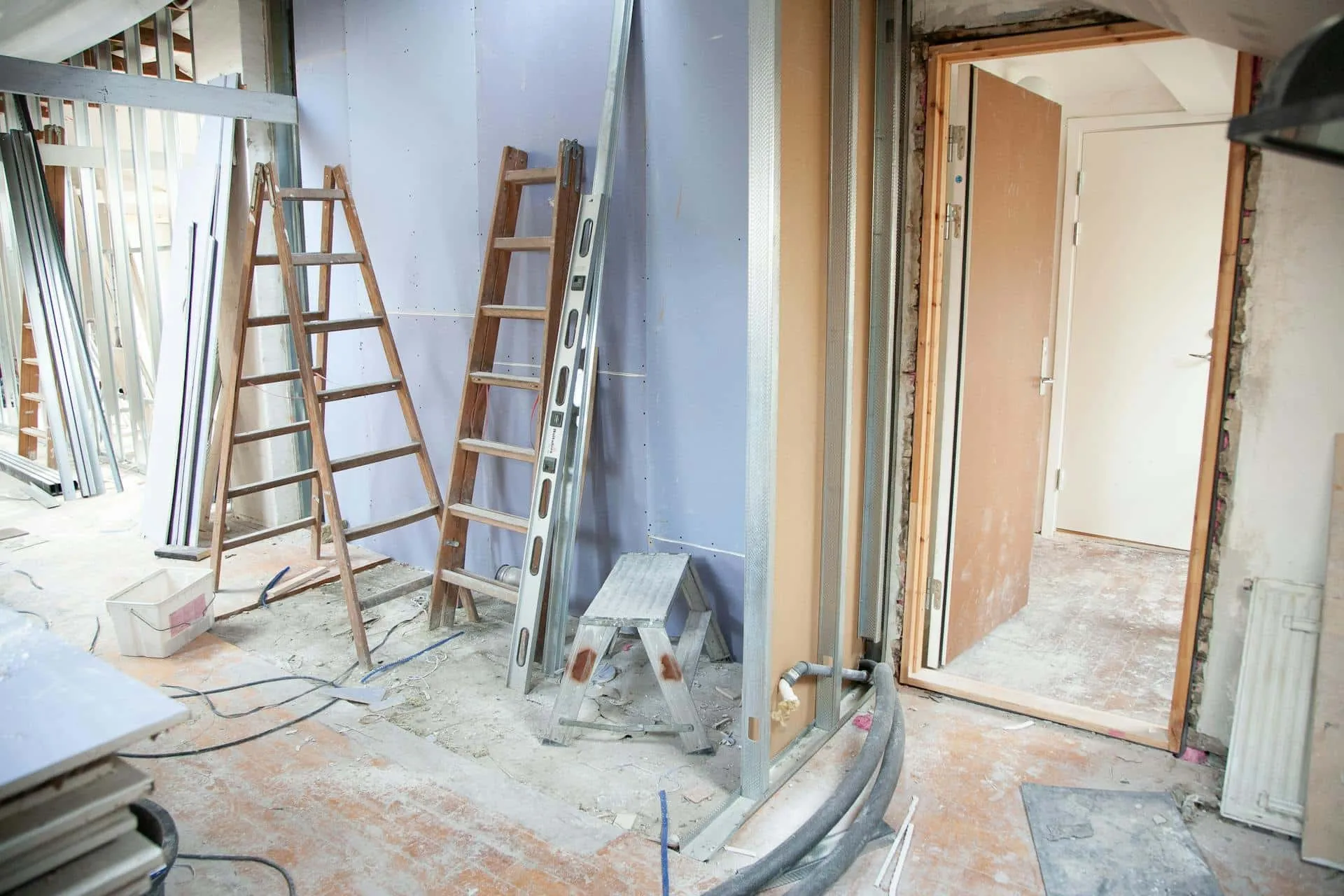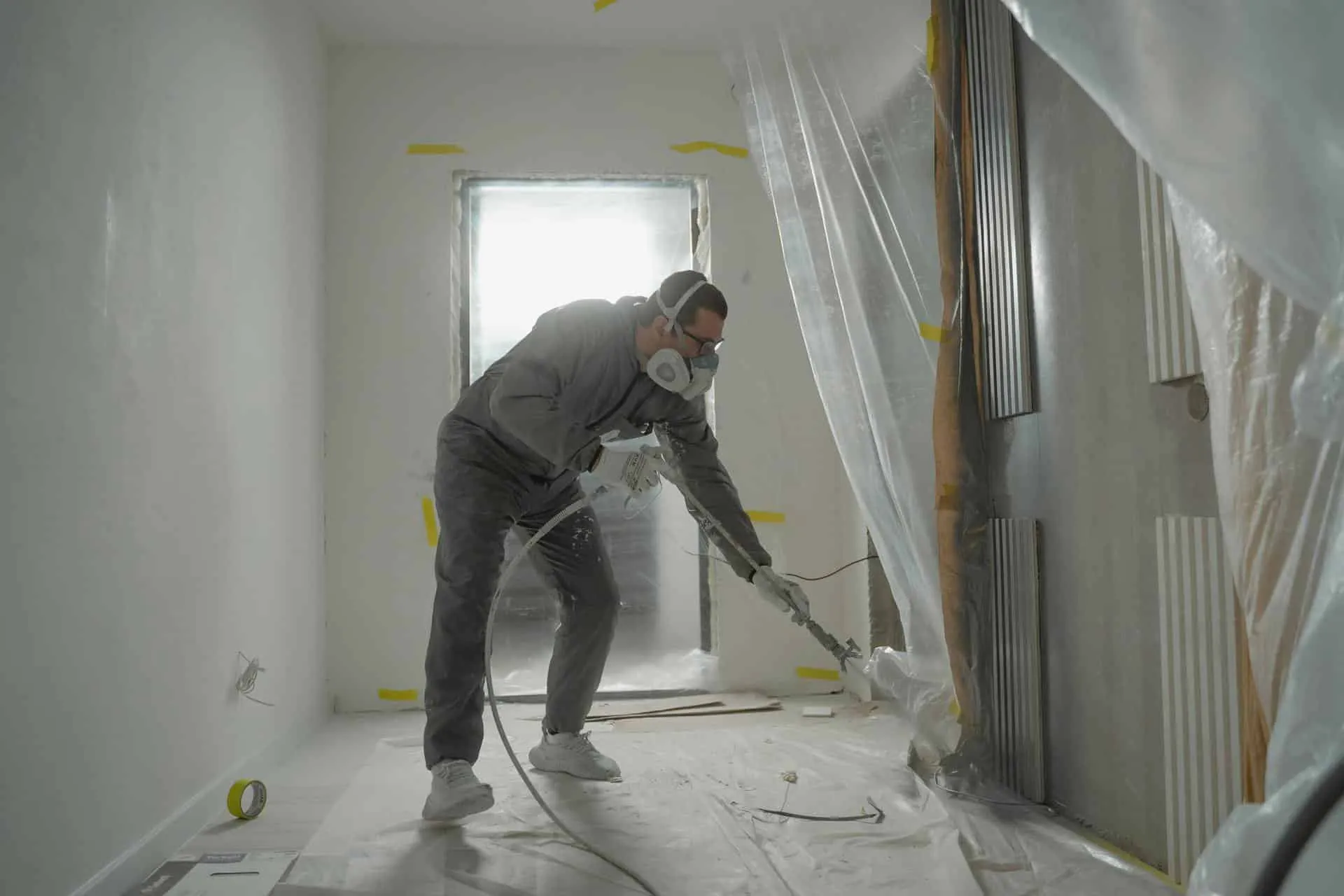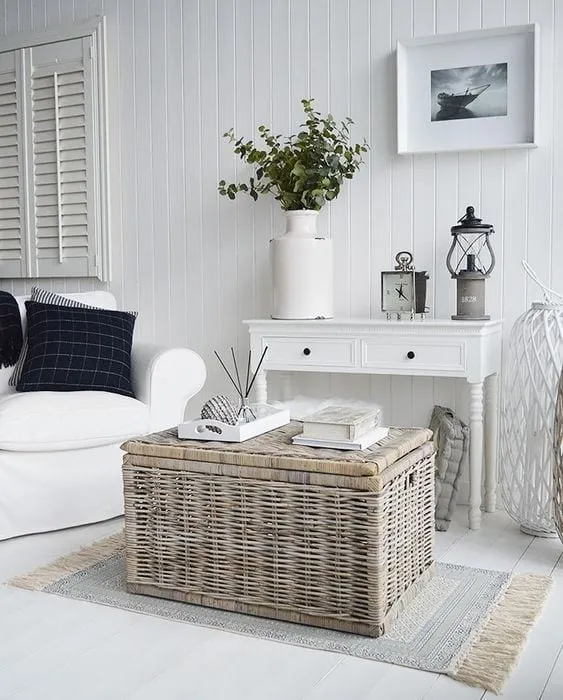There can be your advertisement
300x150
Duct Cleaning After Construction: Essential for Healthier Homes and Efficient HVAC Systems
Construction work, whether it's a small home renovation or full-scale new building, often leaves behind more than just beautiful results. Dust, debris, and various construction materials frequently end up in ducts, causing long-term issues if not addressed. For homeowners and builders alike, cleaning air ducts after construction completion is a vital step toward ensuring a healthy and efficient living environment.
In this article, we'll explore the importance of duct cleaning after construction, how it can boost HVAC system efficiency, and why maintaining good indoor air quality in a newly built or renovated space is essential.

What Happens to Ducts During Construction?
During any construction process, a wide variety of airborne particles accumulate, such as gypsum dust, wood materials, insulation fibers, and even leftover construction supplies. Without cleaning ducts after construction is complete, these pollutants can settle in your duct system and cause various problems that may not be immediately obvious.
An HVAC system circulating air throughout a space can pull in these particles and distribute them through vents. When construction debris remains in ducts, it can clog air filters, restrict airflow, and potentially damage the HVAC system, forcing it to work harder than necessary for heating or cooling. Over time, this can lead to increased electricity bills and possible long-term system failure.

Why Duct Cleaning After Construction Is Critical for Air Quality
One of the most serious issues with construction residue in ducts is its impact on indoor air quality. When ducts are full of dust and debris, every time the HVAC system operates, it recirculates that air along with particles trapped inside. Over time, this can lead to poor air quality affecting both comfort and health.
Duct cleaning after construction is especially important given the following factors:
Therefore, planning duct cleaning after construction is not just a recommendation but a necessity to ensure the air circulating in your home is clean and safe for everyone.

Improving HVAC System Efficiency Through Duct Cleaning
Besides maintaining healthy air quality, duct cleaning after construction plays a key role in optimizing your HVAC system's performance. When debris accumulates in ducts, it places additional strain on the system. Here’s how:
Investing in duct cleaning after construction can reduce stress on the HVAC system, improve its efficiency, and potentially save energy in the long run. Clean ducts mean smoother airflow, less wear on the system, and a more comfortable living environment.

When Is the Best Time to Clean After Construction?
The best time to clean ducts is immediately after construction completion. This ensures that all dust or debris created during the building process will be fully removed before the HVAC system begins operating.
Here are some important points to consider:
- Immediately After Construction Completion: Once the final phase of construction is finished and all materials are removed, this is an ideal time for duct cleaning. It ensures no residual debris will circulate in the home during regular HVAC use.
- After Renovations: Even small renovation projects like kitchen or bathroom updates can result in significant amounts of dust and debris in ducts. Scheduling duct cleaning after such work helps avoid potential air quality and HVAC efficiency issues.
- Before Moving Into a New Home: If you're moving into a newly built home, consider duct cleaning before settling in. This ensures that you and your family will breathe clean, healthy air from day one.
How Professional Duct Cleaning Works
Professional duct cleaning uses specialized equipment to remove dust, dirt, and debris from your HVAC system. Here's what you can generally expect during professional duct cleaning after construction:
For any property owner or contractor, duct cleaning after construction completion is a critical step toward ensuring a healthy and efficient living environment. Construction residue can have long-term effects on air quality and HVAC performance, so it's important to prioritize duct cleaning after any construction or renovation project.
Investing a little time in proper duct cleaning not only protects the health of everyone living in the home but also extends the lifespan of the HVAC system and reduces electricity costs. It's a small investment with significant long-term benefits for any newly built or renovated space.
More articles:
 Discover the Top 5 Affordable and Warm Places to Live in America
Discover the Top 5 Affordable and Warm Places to Live in America Discover the Versatility of Dome Canopies — Creative Ideas for Any Occasion
Discover the Versatility of Dome Canopies — Creative Ideas for Any Occasion Xianyang Shichunshanfeng Museum | WIT Design & Research | Zhejiang, China
Xianyang Shichunshanfeng Museum | WIT Design & Research | Zhejiang, China Discover the Art of Functional Decor with 3 Living Room Ideas in Basket Style
Discover the Art of Functional Decor with 3 Living Room Ideas in Basket Style Discover the Most Popular Interior Design Trends on Airbnb in 2024
Discover the Most Popular Interior Design Trends on Airbnb in 2024 Discovering Architectural Masterpieces: Garage Edition
Discovering Architectural Masterpieces: Garage Edition Opening the Advantages and Disadvantages of Mini Sofas in Living Spaces
Opening the Advantages and Disadvantages of Mini Sofas in Living Spaces Show Off Your Favorite Flowers in a Herbarium Frame
Show Off Your Favorite Flowers in a Herbarium Frame